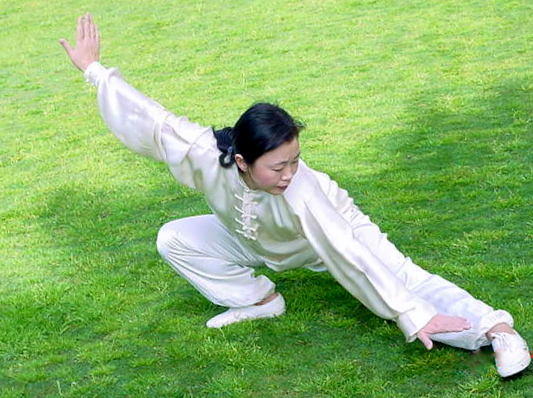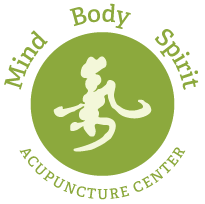Tai Chi Introduction
Over time, people began to use tai chi for health purposes as well. Many different styles of tai chi, and variations of each style, developed. The term “tai chi” has been translated in various ways, such as “internal martial art,” “supreme ultimate boxing,” “boundless fist,” and “balance of the opposing forces of nature.” Visit our blog to learn the practicing Tai Chi and Qi Gong, provide support for optimal health.
Key Beliefs in Tai Chi
Certain concepts from Chinese philosophy were important in tai chi’s development. A few are as follows:
- A vital energy called qi underlies all living things
- Qi is important in health and disease
- Qi flows in people through specific channels called meridians
- Tai chi is a practice that supports, unblocks, and redirects the flow of qi
Here is a blog post that goes into further detail about Tai Chi and Qi Gong’s history and practice.
Tai Qi and Health
Two other important elements in tai chi are breathing and meditation. Practitioners believe that this breathing and meditation have many benefits, such as:
- To Massage the internal organs
- To exchange of gases in the lungs
- To improve digestive system
- To increase calmness and awareness
- To improving balance
Tai Chi for Various Health Purposes
Tai chi is a low impact form of exercise. It is a weight-bearing exercise that can have certain health benefits:
- To improve physical condition, muscle strength, coordination, and flexibility
- To have better balance and a lower risk for falls, especially in elderly people
- To ease pain and stiffness from arthritis
- For health benefits that may be experienced from meditation
- To improve sleep


